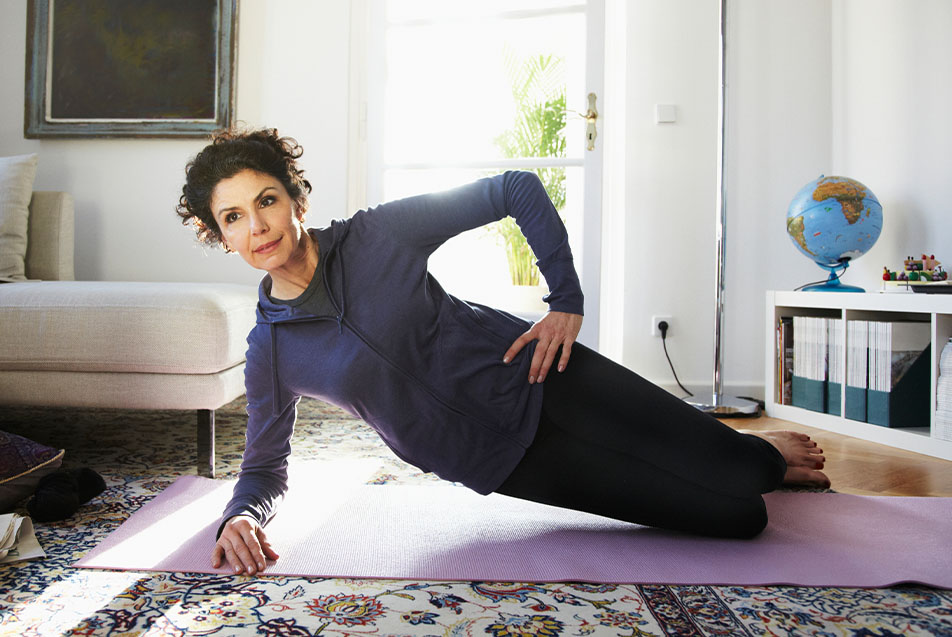
This post was written by Tiffany Patterson, performance specialist, Parkview Sports Medicine.
People move for many different reasons, but one of the main goals of exercise is to help individuals live longer, healthier lives. Having a capable body is an important priority for those who enjoy being active and involved with their friends and loved ones.
Benefits of exercise
Anyone who has exercised can attest to the fact that they feel better when they’ve been active, compared to how they feel after being sedentary.
Some of the benefits of exercise include:
- improved mood
- improved strength
- improved overall health and reduced risk of chronic disease
- improved immune system
- decreased stress levels
- increased energy
How much should you move?
The Centers for Disease Control and Prevention (CDC) recommends that adults get at least 150 minutes of moderate intensity cardiovascular exercise or at least 75 minutes of vigorous cardiovascular exercise per week. The 150 minutes can be split up between five days of 30 minutes of exercise.
Recently, research has shown that it is just as beneficial to move for even shorter amounts of time and is effective to do 3-10-minute bursts of moderate intensity exercise throughout the day. This can be broken down into vigorous activity, too, by doing short bursts of exercise as long as at least 75 minutes is obtained for the week. This could be really beneficial for individuals who are busy, or in a time crunch where they aren’t sure when they can get physical activity in throughout the day.
The bottom line is, unless it’s medically contraindicated, we should all strive to get at least 150 minutes of moderate intensity or 75 minutes of vigorous activity each week. These can also be combined throughout the week.
The role of resistance training
The American College of Sports Medicine (ACSM) also recommends doing resistance training at least two non-consecutive days each week with at least one set of 8-12 reps per muscle group for healthy adults. Combining cardiovascular training with resistance training has been known to increase longevity and reduce the risk of chronic diseases.
Always consult with your provider before starting a new fitness regimen and ask a professional for help if you’re new to a specific type of exercise.



